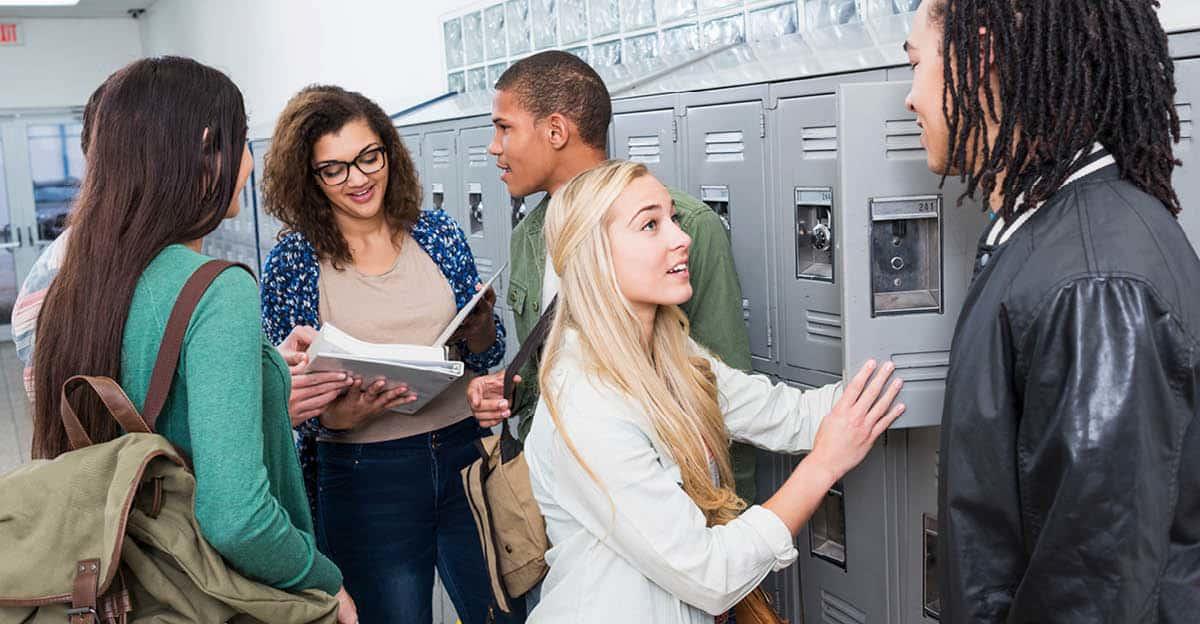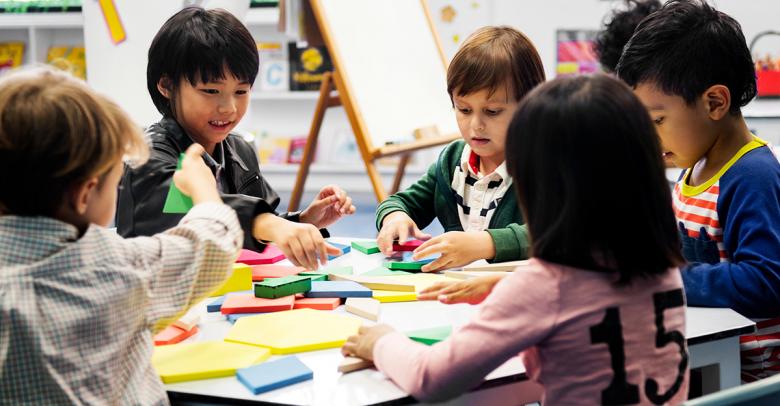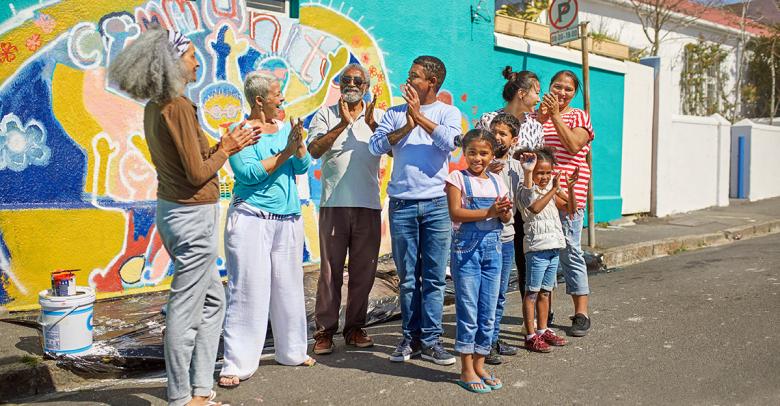Character education and the reinforcement of positive social interactions can improve school culture, making classrooms into safe learning spaces for all students. Best-practices character education has been shown to decrease student drug use and reduce incidents of bullying. Consider taking these three steps towards creating an anti-bullying focus in your school.
Create an Anti-Bullying School Culture: 3 Important Steps
Changing your school’s culture won’t happen overnight, but with careful planning and dedication to follow-through, you can be a part of making your school a safer place for students. The question is: What can you do to help ensure your students have a safe place to learn and grow?
1. Emphasize empathy in the classroom
As a classroom project, watching the Blue Eyes / Brown Eyes experiment, a study in racism that was filmed after the assassination of Martin Luther King, Jr., can vividly demonstrate the power of empathy to your students. Showing the PBS clips is a fantastic way to introduce the idea of bias and the value of “walking a mile in someone else’s shoes.” The documentary Bully is another valuable resource for opening students’ eyes to someone else’s point of view.
When students demonstrate empathy for another student, acknowledge it. Secondary students may have to be taken aside after class to receive praise if you feel it may embarrass them in public, but reinforcing kind actions can have a ripple effect, even when those actions are not directly brought to the attention of others.
2. Discuss and define bullying
Many students identify middle school as the time when they both witnessed and experienced the most bullying. This is a time of life when students are trying to figure out how they fit in, and they are often looking to their peers for social cues about what is and isn’t acceptable. Depending on the cues they receive, students may not correctly be able to identify appropriate and inappropriate behaviors. Some students may characterize an innocent, offhand remark as bullying, or consider “roughhousing” with the same student every day to be appropriate, despite the other student’s obvious distress.
One way to discuss this in the classroom is to give students a few minutes, either alone or in a group, to define bullying. How many different definitions do they come up with? Why do they suppose that is?
It may be beneficial to focus on what behavior you expect to see, rather than actions that are forbidden. Defining a classroom culture in a manner that is positive and precise allows students to know exactly what behaviors support a positive classroom culture and feel secure in knowing what constitutes proper behavior — even if they do make the choice to rebel sometimes.
3. Work on buy-in at school and at home
Many classrooms or schools put together an anti-bullying pledge or a pledge of good conduct without realizing how crucial it can be to ensure that parents and guardians understand how the school defines positive and negative behaviors and the potential consequences.
Clarifying expectations by sending an anti-bullying pledge home and asking for a signature can ensure a smoother year, and help guardians understand the school’s policies more clearly.
More on Bullying Prevention and Intervention
If you’re interested in creating an anti-bullying culture in your school or your classroom, be sure to stop by the Bullying topic page. You’ll find more tips for identifying bullying behaviors and educating students on how they can participate in creating an anti-bully environment.






Leave a Reply